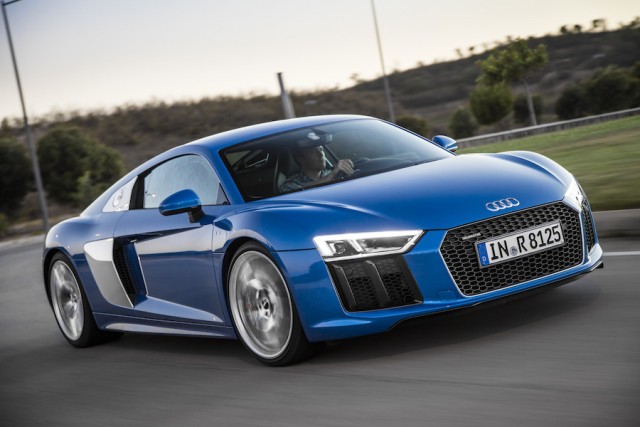Published on July 11, 2015
Audi R8 V10 review
Audi's all-new R8 V10 cements its position among the world's supercars.

Shane O' Donoghue
@Shane_O_D
@Shane_O_D























